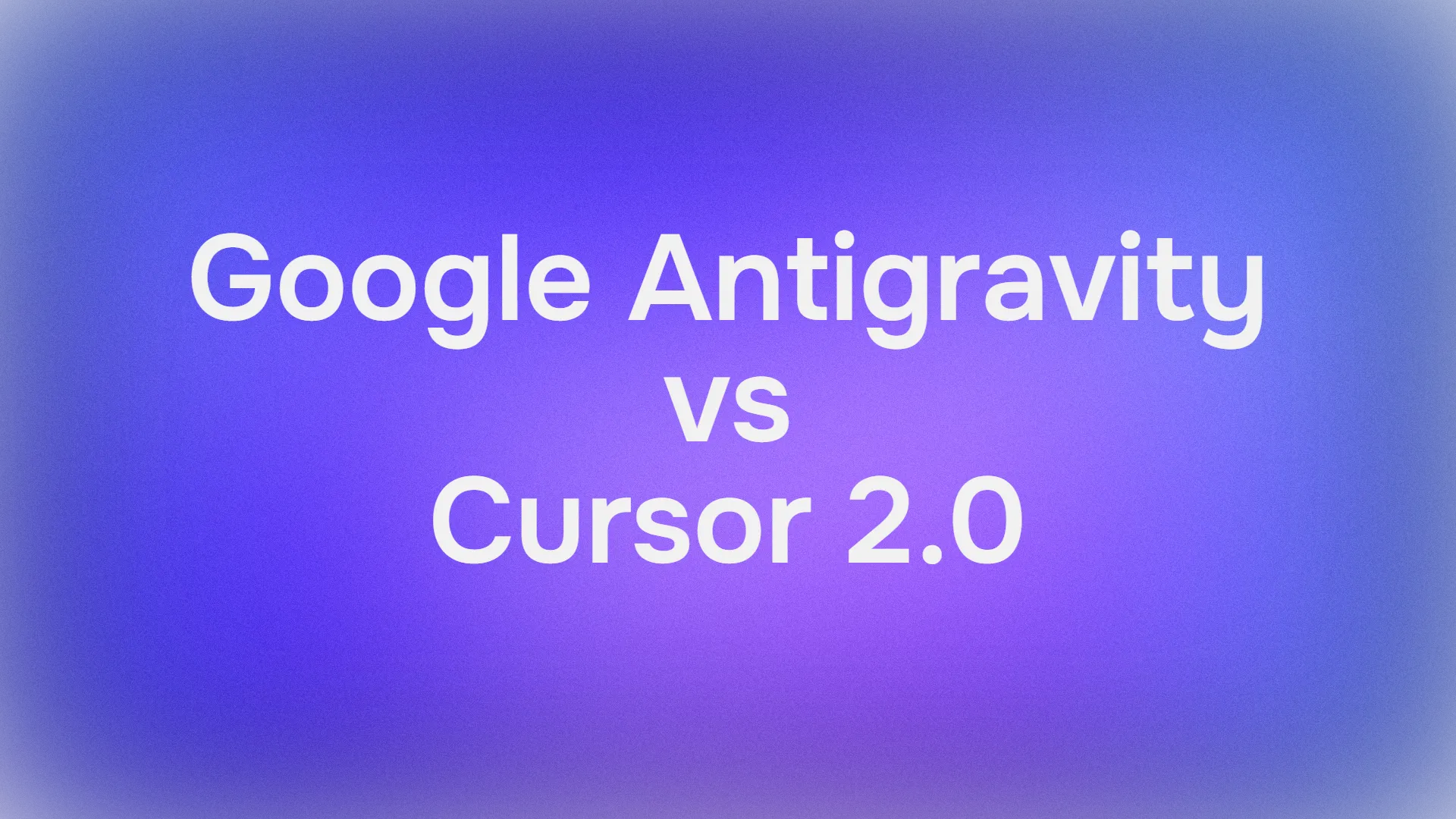Introduction to End-to-End Testing
End-to-End (E2E) testing represents one of the most crucial quality assurance methodologies in modern software development. Unlike other testing approaches that focus on individual components, E2E testing validates the complete functionality of an application from start to finish, simulating real user scenarios to ensure that all integrated components work together seamlessly. This comprehensive testing methodology examines the entire software system, including its interactions with external services, databases, networks, and other dependencies that impact the user experience.
In today's interconnected software landscape, where applications often comprise multiple subsystems developed by different teams using various technologies, E2E testing has become indispensable for delivering reliable, high-quality software products. By validating the entire user journey across all interconnected parts of a system, E2E testing provides stakeholders with confidence that the application will function as expected in production environments.
This article explores the fundamental concepts of E2E testing, its implementation methodology, benefits, frameworks, and practical examples to help development teams understand how to effectively incorporate this critical testing approach into their development lifecycle。
Apidog offers an integrated platform for API design, debugging, testing, and documentation, enabling teams to validate API functionality within their UAT workflows.
With features like collaborative workspaces, automated testing capabilities, and environment management, Apidog empowers QA professionals and business stakeholders to efficiently verify that API responses align with business requirements before production deployment.
What is End-to-End Testing?
End-to-End (E2E) testing is a software testing methodology that verifies the complete functionality and data flow of an application from beginning to end. Unlike unit or integration testing, which focuses on specific components or interactions between components, E2E testing evaluates the entire system as users would experience it, ensuring all integrated parts work together harmoniously.
The primary goal of E2E testing is to simulate real user scenarios and validate that the system behaves correctly across all interconnected components, subsystems, and external services. This includes testing user interfaces, APIs, databases, network communications, and third-party integrations that collectively form the complete application stack.
E2E testing is particularly important for complex applications with multiple interconnected subsystems, as it helps identify issues that might not be apparent when testing individual components in isolation. By validating the entire user journey, E2E testing ensures that all parts of the application work together as expected, providing a reliable and seamless experience for end users.
The Position of E2E Testing in the Testing Pyramid
In the software testing hierarchy, E2E testing occupies a specific position that reflects its scope and purpose. The testing pyramid, a concept popularized by Mike Cohn and expanded by Martin Fowler and Google's testing team, illustrates the relationship between different testing types:
- Unit Testing (Base of the pyramid): Fast, isolated tests that verify individual functions or methods work correctly. These make up the majority of tests due to their speed and low maintenance cost.
- Integration Testing (Middle layer): Tests that verify interactions between components or systems work correctly. These are more complex than unit tests but still focus on specific integrations.
- System Testing: Validates that the entire system meets specified requirements, testing the complete and integrated software.
- E2E Testing (Top of the pyramid): Comprehensive tests that validate the entire application flow from start to finish, simulating real user scenarios across all integrated systems.
As you move up the pyramid, tests become:
- Broader in scope
- Slower to execute
- More expensive to maintain
- More realistic in terms of user interaction
- Fewer in number
While unit tests provide quick feedback about specific code components, E2E tests offer valuable insights about how the entire system functions from the user's perspective. However, because E2E tests are more complex and time-consuming, they should be strategically implemented to cover critical user journeys rather than every possible scenario.
Why is End-to-End Testing Important?
E2E testing plays a crucial role in software quality assurance for several compelling reasons:
1. Validates the Complete User Experience
E2E testing is the only testing methodology that verifies the application from the perspective of the end user, ensuring that all functions work together to deliver the intended experience. By simulating actual user behaviors and workflows, E2E tests validate that the entire application works as expected in real-world scenarios.
2. Identifies Integration Issues Between Subsystems
Modern applications often comprise multiple subsystems, each potentially developed by different teams using different technologies. E2E testing verifies that these disparate components interact correctly with one another, identifying integration issues that might not be apparent when testing components in isolation.
3. Ensures Business Logic and Requirements Are Met
E2E testing validates that the application correctly implements business requirements across the entire system. This includes testing data flows, business rules, and user workflows to ensure they align with business objectives and user needs.
4. Verifies Third-Party Services and Dependencies
Many applications rely on external services and dependencies, such as payment gateways, authentication services, or API integrations. E2E testing validates that these external dependencies work correctly within the context of the application, ensuring a seamless experience for users.
5. Mitigates Risk Before Production Deployment
Comprehensive E2E testing helps identify critical issues before they reach production, reducing the risk of failures that could impact users and business operations. By validating the entire system under conditions that closely mimic the production environment, E2E testing provides confidence in the application's readiness for deployment.
6. Supports Continuous Integration and Delivery
Automated E2E tests can be integrated into CI/CD pipelines, enabling teams to verify the complete functionality of the application with each iteration. This ensures that new changes don't break existing functionality and helps maintain quality throughout rapid development cycles.
Benefits of End-to-End Testing
Implementing E2E testing offers numerous advantages that contribute to higher software quality and improved user satisfaction:
Simulates the End-User Experience
E2E tests replicate how actual users interact with the software, providing a realistic evaluation of its performance and behavior. By testing from the user's perspective, teams can identify usability issues, workflow bottlenecks, and other factors that might impact the user experience.
Verifies Key Aspects of the Application
Comprehensive E2E testing validates multiple critical aspects of an application, including:
- Functional correctness
- Data integrity
- Security mechanisms
- Performance under typical usage patterns
- Business logic implementation
Ensures Application Integration
E2E testing validates that all integrated components of the application work seamlessly together, ensuring a consistent and reliable user experience. This includes verifying interactions between frontend and backend systems, third-party services, databases, and other dependencies.
Mitigates Risk Before Deployment
By identifying issues before they reach production, E2E testing helps teams:
- Reduce the risk of critical failures
- Avoid costly post-deployment fixes
- Protect the organization's reputation
- Maintain user trust
Supports Bug Detection and Scenario Testing
E2E testing helps teams identify bugs that might not be evident in isolation and validates different user scenarios, ensuring comprehensive coverage of the application's functionality.
The End-to-End Testing Framework
Implementing effective E2E testing requires a structured approach. A comprehensive E2E testing framework consists of three primary components:
1. User Functions
The first step in E2E testing is to establish the user functions that need to be tested, which involves:
- Identifying key user-initiated functions: List all the critical actions users can perform within the application, such as logging in, searching for products, or checking out.
- Documenting input and output data: For each function, document the expected inputs and outputs to understand how data flows through the system.
- Mapping relationships between functions: Identify dependencies and relationships between different functions to understand how they interact with each other.
- Determining function characteristics: Assess whether functions are independent or reusable across multiple scenarios.
2. Conditions
Once user functions are established, the next step is to define the conditions under which these functions will be tested:
- Creating conditions for each function: Define specific conditions that will affect the behavior or outcome of each user function.
- Considering factors that affect functionality: Include timing, data conditions, environmental factors, and other variables that might impact how functions behave.
- Defining acceptance criteria: Establish clear criteria for determining whether a function performs correctly under various conditions.
3. Test Cases
The final component involves creating test cases based on the identified functions and conditions:
- Developing test cases for each scenario: Create detailed test cases that verify the functionality under specific conditions.
- Covering every condition: Ensure that each condition identified in the previous step is addressed by at least one test case.
- Automating test execution: Where appropriate, automate test cases to enable consistent execution and integration with CI/CD pipelines.
Applying End-to-End Testing in Practice
Implementing E2E testing effectively requires a systematic approach that covers the entire testing lifecycle, from planning to closure:
Planning Phase
The planning phase establishes the foundation for effective E2E testing:
- Requirements analysis: Thoroughly analyze business and functional requirements to understand what needs to be tested.
- Test plan development: Create a comprehensive test plan outlining scope, approach, resources, and schedule.
- Test case development: Develop detailed test cases based on user functions and conditions.
- Environment setup: Prepare a testing environment that closely resembles production.
- Test data preparation: Create test data that supports realistic testing scenarios.
- Exit criteria definition: Establish clear criteria for determining when testing is complete.
Pre-requisites for E2E Testing
Before conducting E2E tests, several prerequisites should be met:
- Completion of system testing: Individual system testing should be complete for all participating systems.
- Integration of subsystems: All subsystems should be successfully combined to function as a complete application.
- Production-like environment: The test environment should closely mimic the production environment to ensure realistic testing.
Test Execution
During the execution phase, tests are conducted according to the test plan:
- Executing test cases: Run the defined test cases in the prepared environment.
- Recording results: Document the outcomes of each test, noting any failures or unexpected behavior.
- Reporting bugs: Log any issues discovered during testing in a bug tracking system.
- Verifying bug fixes: Retest after fixes are implemented to ensure issues are resolved.
Test Closure
The closure phase concludes the E2E testing process:
- Test report preparation: Create comprehensive reports summarizing test results.
- Exit criteria evaluation: Assess whether the defined exit criteria have been met.
- Formal closure: Officially close the testing phase when all requirements are satisfied.
Test Metrics for E2E Testing
Tracking key metrics is essential for monitoring the progress and effectiveness of E2E testing:
Test Case Preparation Status
This metric tracks the number of test cases ready for execution versus the total number of planned test cases, providing insight into testing readiness.
Frequent Test Progress
This metric measures the number of test cases executed over a consistent time period (e.g., weekly) compared to the target number, helping teams monitor testing velocity.
Defects Status
This metric represents the status of defects found during testing, tracking the percentage of open and closed defects based on severity and priority. Azure DevOps Dashboard Queries can be particularly useful for monitoring this metric.
Test Environment Availability
This metric tracks the actual duration of test environment availability compared to the scheduled allocation, helping teams identify and address environment-related bottlenecks.
End-to-End Testing Examples
To illustrate how E2E testing works in practice, consider the following example for an e-commerce website:
- Go to the website URL: Navigate to the e-commerce site's homepage.
- Browse product listings: Access the product category pages and verify they display correctly.
- Verify product information: Ensure that product details on the listing page match the information on individual product pages.
- Add products to cart: Select a product, choose options if applicable, and add it to the shopping cart.
- Verify cart functionality: Confirm that the product appears in the cart with the correct information and price.
- Proceed to checkout: Navigate through the checkout process, entering shipping and payment information.
- Complete purchase: Finalize the order and verify order confirmation.
This E2E test simulates a complete user journey from browsing products to completing a purchase, validating that all components of the system work together correctly to deliver the intended user experience.
End-to-End Testing Tools and Frameworks
Several tools and frameworks are available to support E2E testing, each with unique features and capabilities:
1. Gauge Framework
Gauge is a free, open-source framework for writing and running E2E tests. Key features include:
- Simple, flexible syntax based on Markdown
- Cross-platform and cross-language support
- Modular architecture with plugin support
- Data-driven execution capabilities
- Support for major IDEs including Visual Studio Code and IntelliJ IDEA
- HTML, JSON, and XML reporting options
2. Robot Framework
Robot Framework is a generic open-source automation framework with:
- Human-readable keyword syntax
- Extensibility through Python or Java libraries
- Support for various testing types including E2E
- Reporting and logging capabilities
While Robot Framework shares many advantages with Gauge, many teams find Gauge's VS Code integration and more natural syntax preferable for E2E testing.
3. TestCraft
TestCraft offers codeless Selenium test automation with:
- AI-powered visual modeling
- No-code test creation and execution
- Reduced test maintenance overhead
- CI/CD integration capabilities
4. Ranorex Studio
Ranorex Studio provides a complete E2E test automation solution for desktop, web, and mobile applications, featuring:
- Codeless test creation
- Support for data-driven testing
- Parallel test execution
- Selenium WebDriver integration
- CI/CD pipeline integration including Azure DevOps
5. Katalon Studio
Built on top of Selenium and Appium, Katalon Studio offers:
- Solutions for web, API, mobile, and desktop testing
- Options for both beginners and experts
- Record and spy capabilities
- Custom keyword support
- Integration with popular testing frameworks
Best Practices for Effective E2E Testing
To maximize the value of E2E testing while managing its complexity, consider these best practices:
Focus on Critical User Journeys
Rather than attempting to test every possible scenario, concentrate E2E tests on the most important user journeys that directly impact business outcomes. This approach ensures comprehensive coverage of critical functionality while keeping test maintenance manageable.
Maintain a Production-Like Test Environment
Ensure your testing environment closely resembles production, including databases, external services, and configurations. This reduces the risk of environment-specific issues going undetected until they reach production.
Combine Manual and Automated Testing
While automation is valuable for consistency and efficiency, some aspects of E2E testing benefit from human judgment and exploratory testing. Develop a strategy that leverages both approaches appropriately.
Implement Proper Test Data Management
Create and manage test data carefully to ensure it represents realistic scenarios without compromising test isolation. Consider using data generation tools or anonymized production data where appropriate.
Integrate with CI/CD Pipelines
Run E2E tests automatically as part of your CI/CD pipeline to catch issues early while maintaining rapid development cycles. Consider implementing a strategy where a subset of critical E2E tests runs with each build, while the complete suite runs less frequently.
Monitor Test Metrics and Improve Continuously
Track key metrics such as test pass rates, execution time, and defect detection, using this data to continuously improve your E2E testing approach. Regularly review and refine your test cases to maintain relevance as the application evolves.
Challenges in E2E Testing and How to Address Them
While valuable, E2E testing presents several challenges that teams should be prepared to address:
Test Execution Time
E2E tests typically take longer to run than other test types, which can impact development velocity. Address this by:
- Prioritizing the most critical test cases for frequent execution
- Implementing parallel test execution where possible
- Using selective testing strategies based on code changes
Environmental Complexity
Creating and maintaining production-like test environments can be resource-intensive. Consider:
- Using containerization for consistent environments
- Implementing infrastructure as code for reproducibility
- Leveraging cloud resources for scalability
Test Flakiness
E2E tests are more susceptible to intermittent failures due to their complexity. Reduce flakiness by:
- Implementing robust waiting mechanisms instead of fixed delays
- Using stable element selectors
- Designing tests to be resilient to minor UI changes
- Implementing retry mechanisms for transient failures
Maintenance Overhead
As applications evolve, maintaining E2E tests can become time-consuming. Minimize this overhead by:
- Using modular, reusable test components
- Implementing page object patterns or similar abstractions
- Choosing tools that adapt well to UI changes
- Regularly reviewing and refactoring test code
Conclusion: The Strategic Importance of E2E Testing
End-to-End testing represents a critical component of a comprehensive testing strategy, providing unique insights into how an application functions from the user's perspective. While it should not replace other testing types like unit and integration testing, E2E testing offers invaluable validation of the complete user experience and system integration that other testing approaches cannot provide.
By implementing a structured E2E testing approach that focuses on critical user journeys, leverages appropriate tools, and integrates with development workflows, teams can significantly enhance software quality and user satisfaction. Although E2E testing requires careful planning and resource allocation due to its complexity, the confidence it provides in an application's readiness for production makes it an essential practice for delivering reliable, high-quality software.
As software systems continue to grow in complexity, with more interconnected components and services, the importance of comprehensive E2E testing will only increase. By investing in effective E2E testing practices today, development teams can build a foundation for sustainable quality as they navigate the challenges of modern software development.



